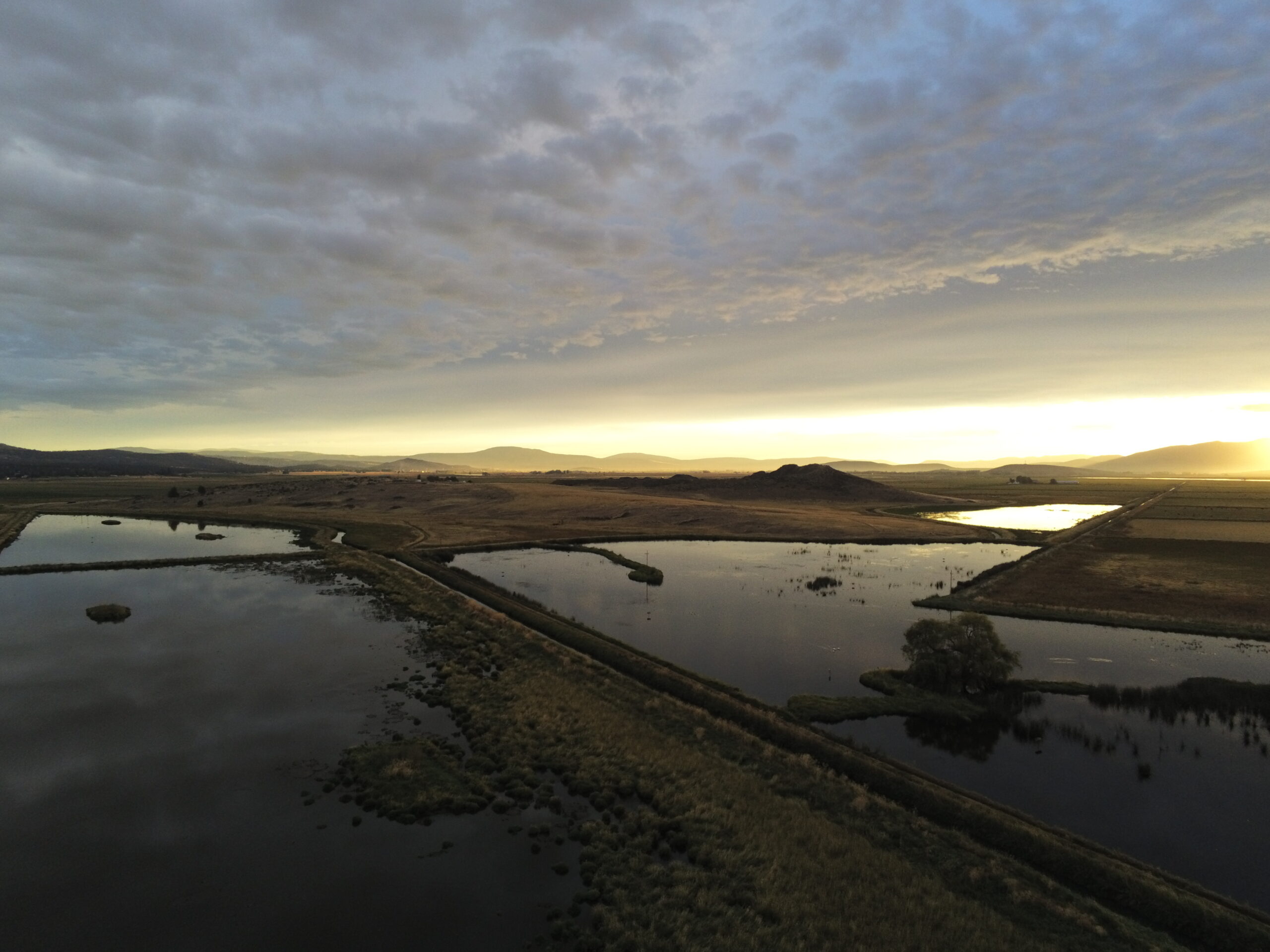-

·
Klamath Basin Farming and Wetland Collaborative Regional Conservation Partnership Program
The Klamath Basin’s wetlands historically provided an abundance of important year-round habitat for waterfowl and waterbirds. Those same wetlands—and the water that feeds them—also sustain fisheries and people, from farmers and ranchers to the tribes who have called this place home for time immemorial. Wetlands were and remain a vital part of the ecosystem; a…
-

·
Introducing IWJV’s Forest Coordinator to Our Partnership
Western forests are known for their plentiful wildlife, stellar recreational opportunities, and important ecosystem services. They’re also increasingly known for their large and intense wildfires. Forests—and this unique set of challenges and opportunities—are the home for a new body of IWJV work. Our Western Forests Program focuses on improving habitat for birds and other wildlife…
-

·
Habitats Helped in Wyoming: Updates from the Sage Capacity Team
Members of the Partnering to Conserve Sagebrush Rangelands’ Sage Capacity Team have been hard at work across the Intermountain West, making progress on habitat improvement projects within their local communities on behalf of the Bureau of Land Management and the Intermountain West Joint Venture. These latest updates take us to Wyoming, where project coordinators are…
-

·
Field Notes: What We Can Learn from Working Dogs
By Elizabeth Friedl, ACEP-ALE Easement Specialist, California Easement Team, USDA-NRCS Elizabeth Friedl, a field-based capacity position supported by the IWJV, plays a unique role in the conservation of farm and ranch lands in California. Her work bridges gaps between the Natural Resource Conservation Service (NRCS), land trusts, and private landowners to build connections and streamline…
-

·
Five Interesting Ways to Use Virtual Fences
By Janyne Little Managing cattle across vast rangelands has long been a complex challenge for ranchers and land managers. Conventional barbed wire fencing methods, while effective, can be costly, labor-intensive, and inflexible to operational and environmental changes. Virtual fencing technology has the potential to provide a more precise, adaptable, and cost-effective tool for livestock management.…
-

·
Video: Sustaining Wetlands & Watersheds with Flood-Irrigated Grass Hay
Riparian corridors are lifelines for the wildlife and communities of the Intermountain West. These corridors are home to many of the region’s wetlands and are sustained by seasonal water cycles. This means that the wildlife that depends on wetlands, from migratory waterbirds to big game animals, can often be found using riparian areas. Much of…
-

·
Planning for the Future on the Laramie Plains
Updating infrastructure to protect water & wetlands In winter, the Hart Ranch is still. What water there is on the land, both here and across the Laramie Plains, is frozen. Bone-bare cottonwoods and the gnarled branches of shrubs line empty ditches and the Laramie River’s floodplain. The ground is tawny and fallow between the snow…
-

·
Field Notes
In this series of first-person essays, we are sharing stories from wildly different “fields” traveled by the conservation community. Scroll to view this storymap, or see it full size here.
-

·
Bringing Conservation Communicators Together Through the Storyteller’s Circle
In October 2024, the IWJV, the Center for Collaborative Conservation, and Audubon Rockies offered conservation communicators an opportunity for place-based professional development and networking. A three-day workshop at Wyoming’s Seedskadee National Wildlife Refuge focused on effective storytelling around habitat conservation efforts (in this case, sagebrush rangelands) by providing continued learning through topic-based sessions and guest…
-

·
The IWJV Celebrates the Power of Partnerships
The IWJV’s organizational philosophy can simply be described as a deep recognition that people are fundamental to the story of conservation in the West. As a partnership-fueled entity, metrics of success cannot always be shown qualitatively, but the impacts of the work are still incredibly meaningful. We took that concept to heart by soliciting narrations…